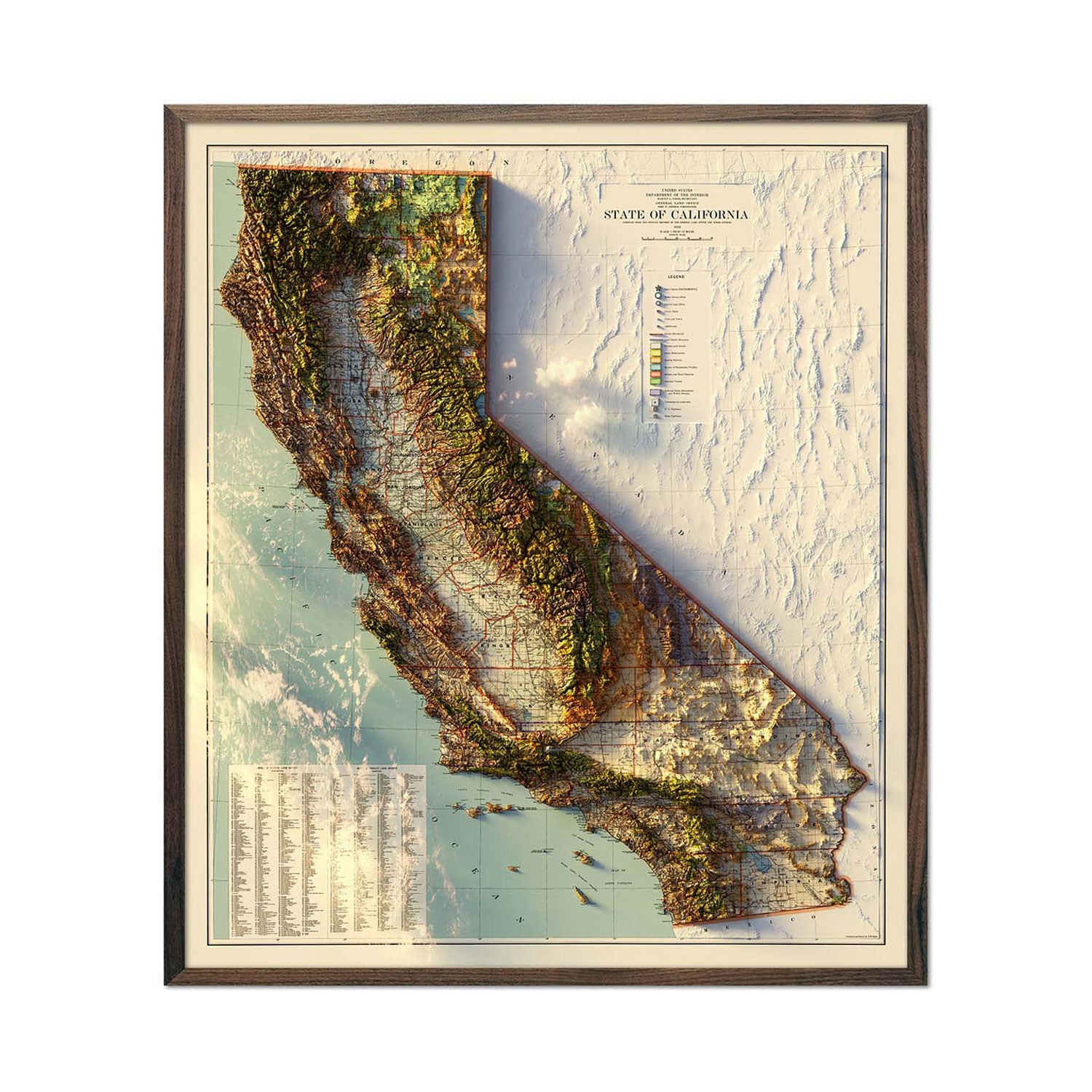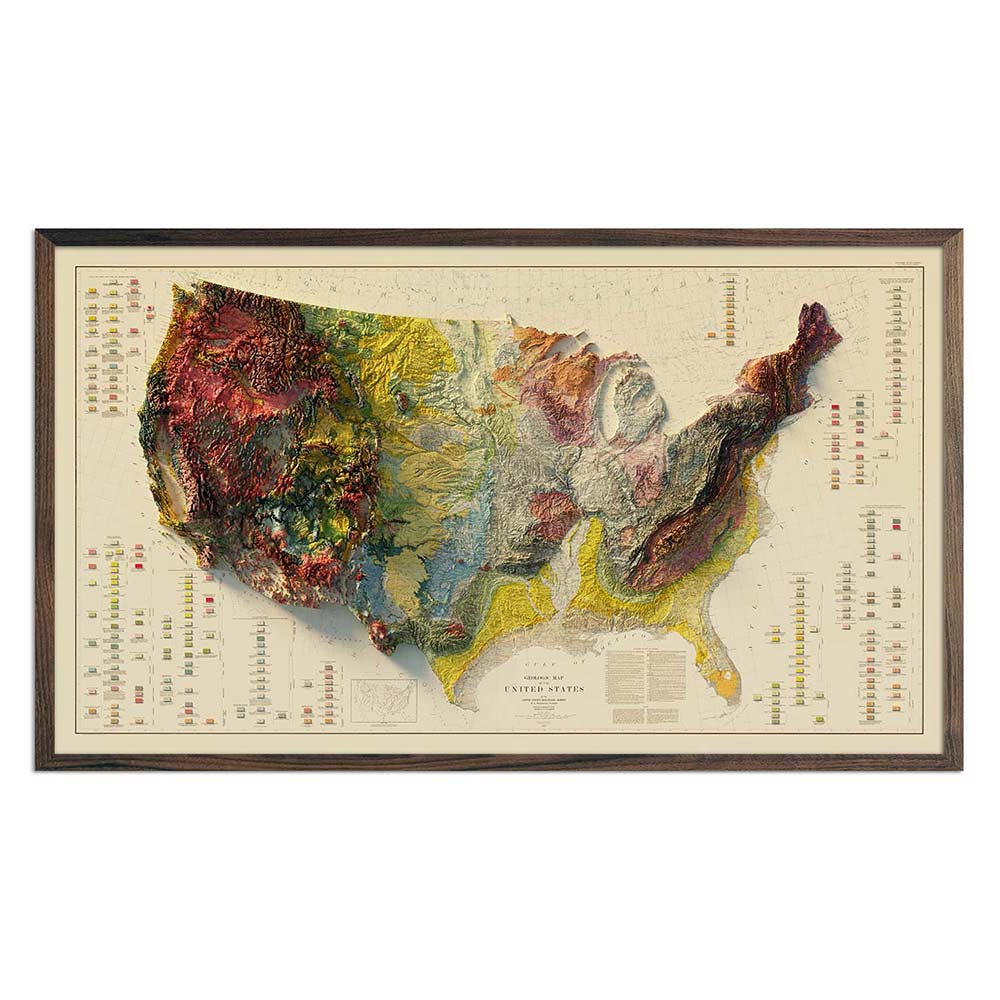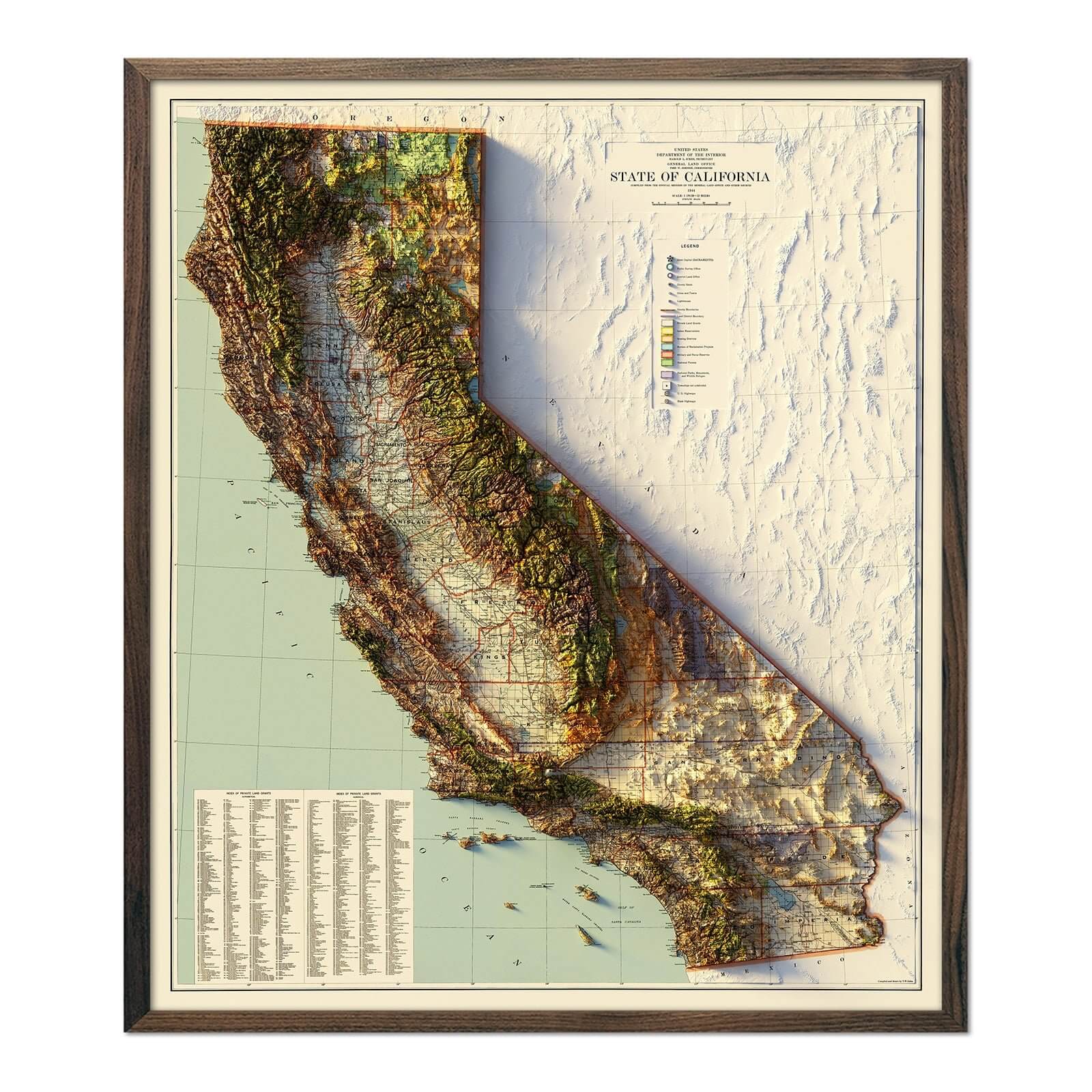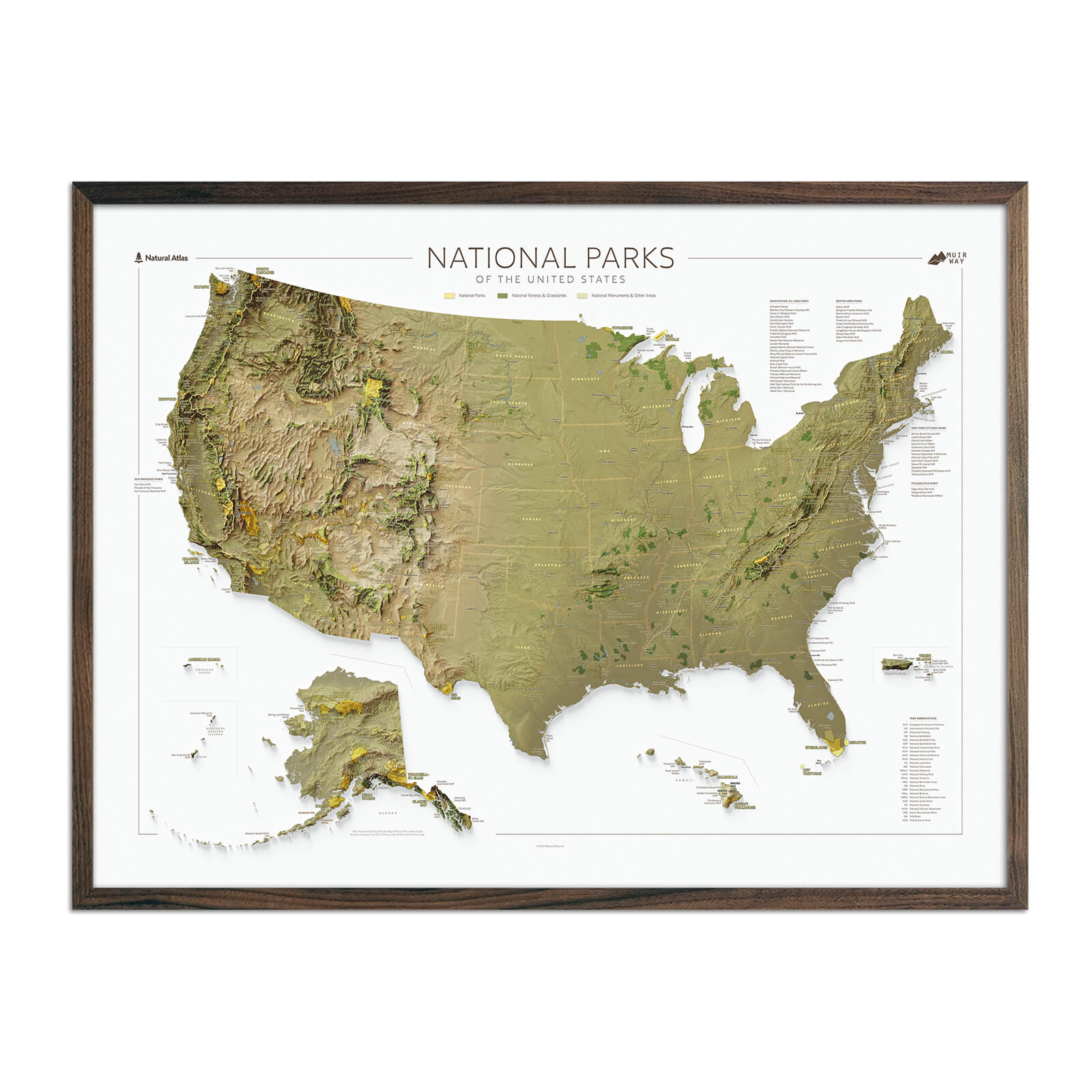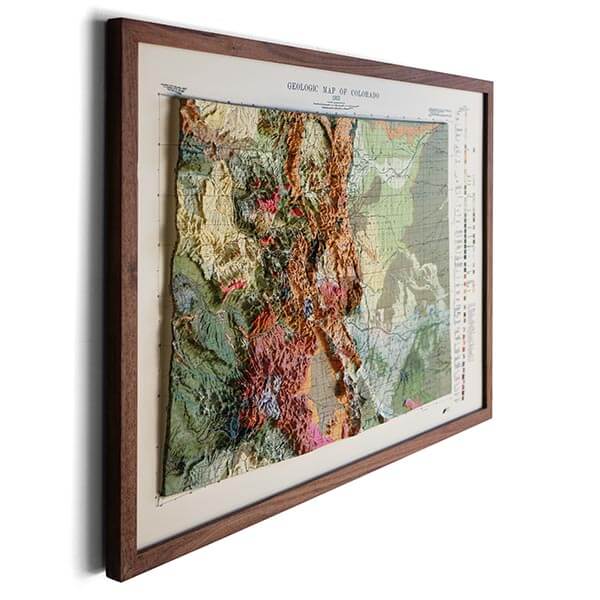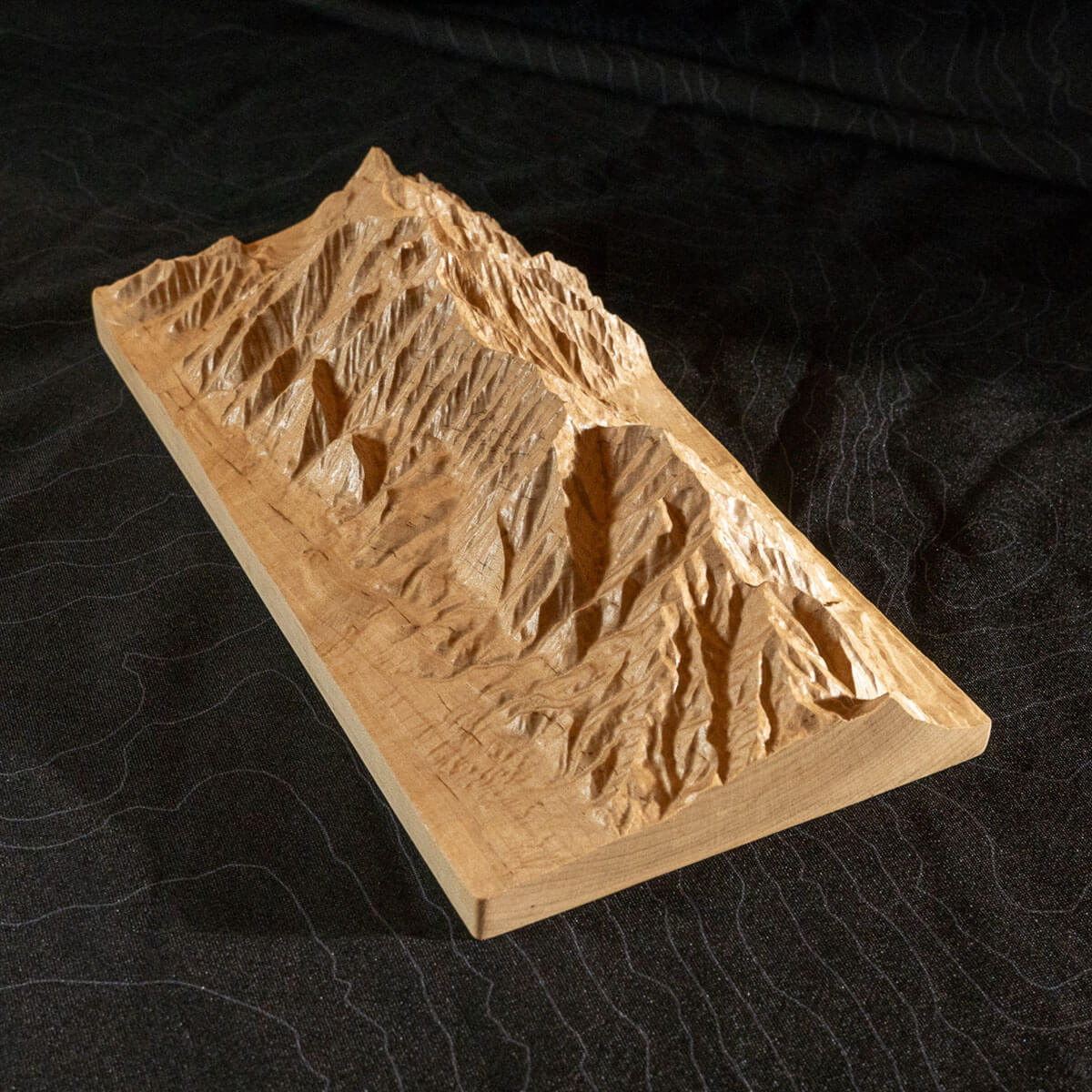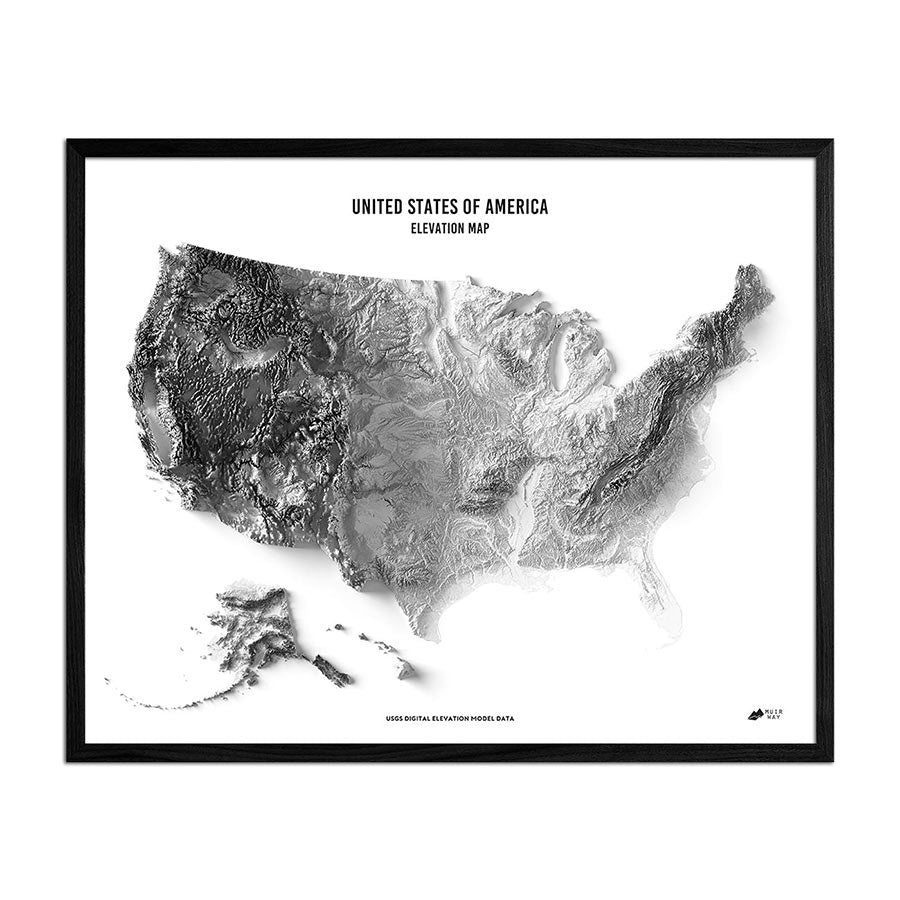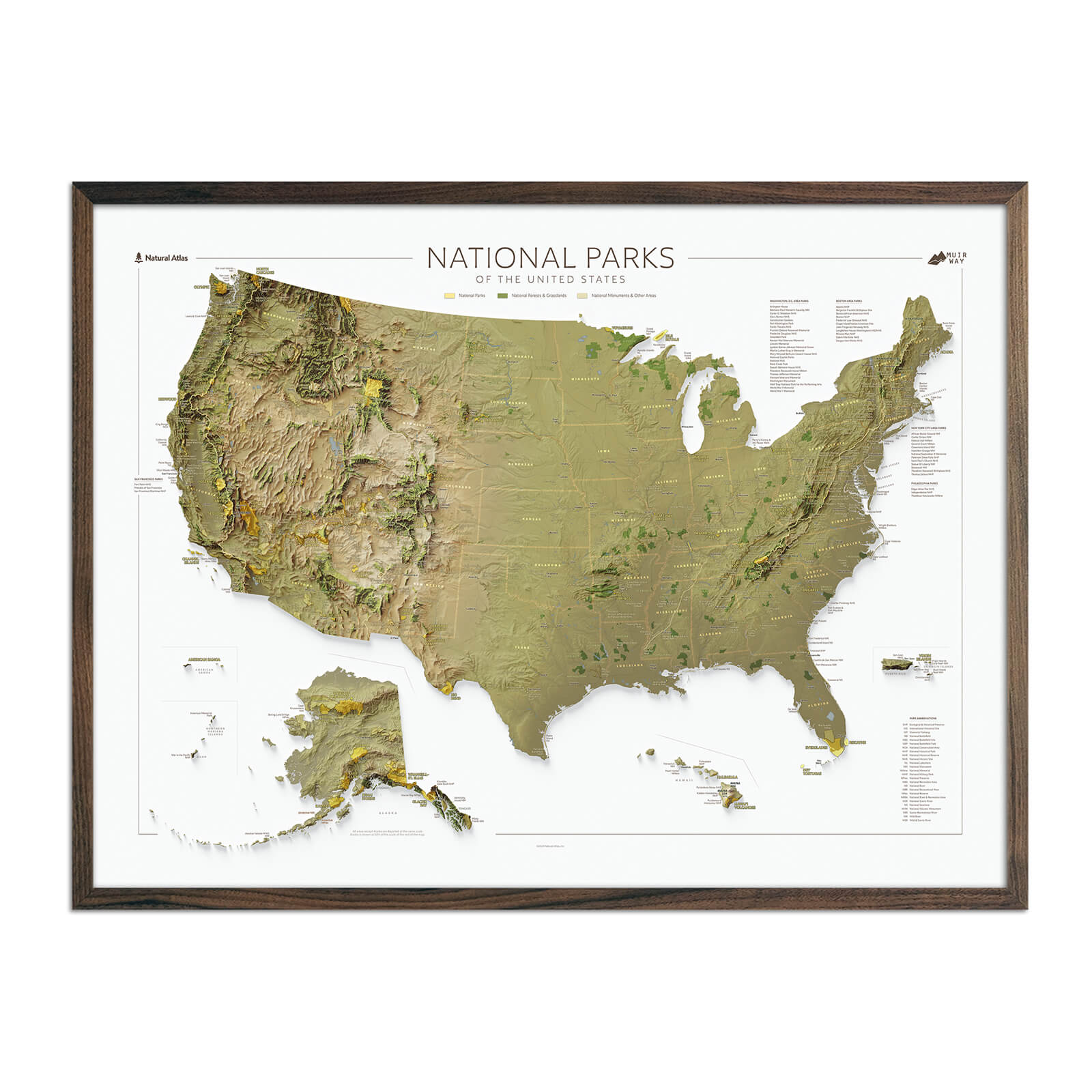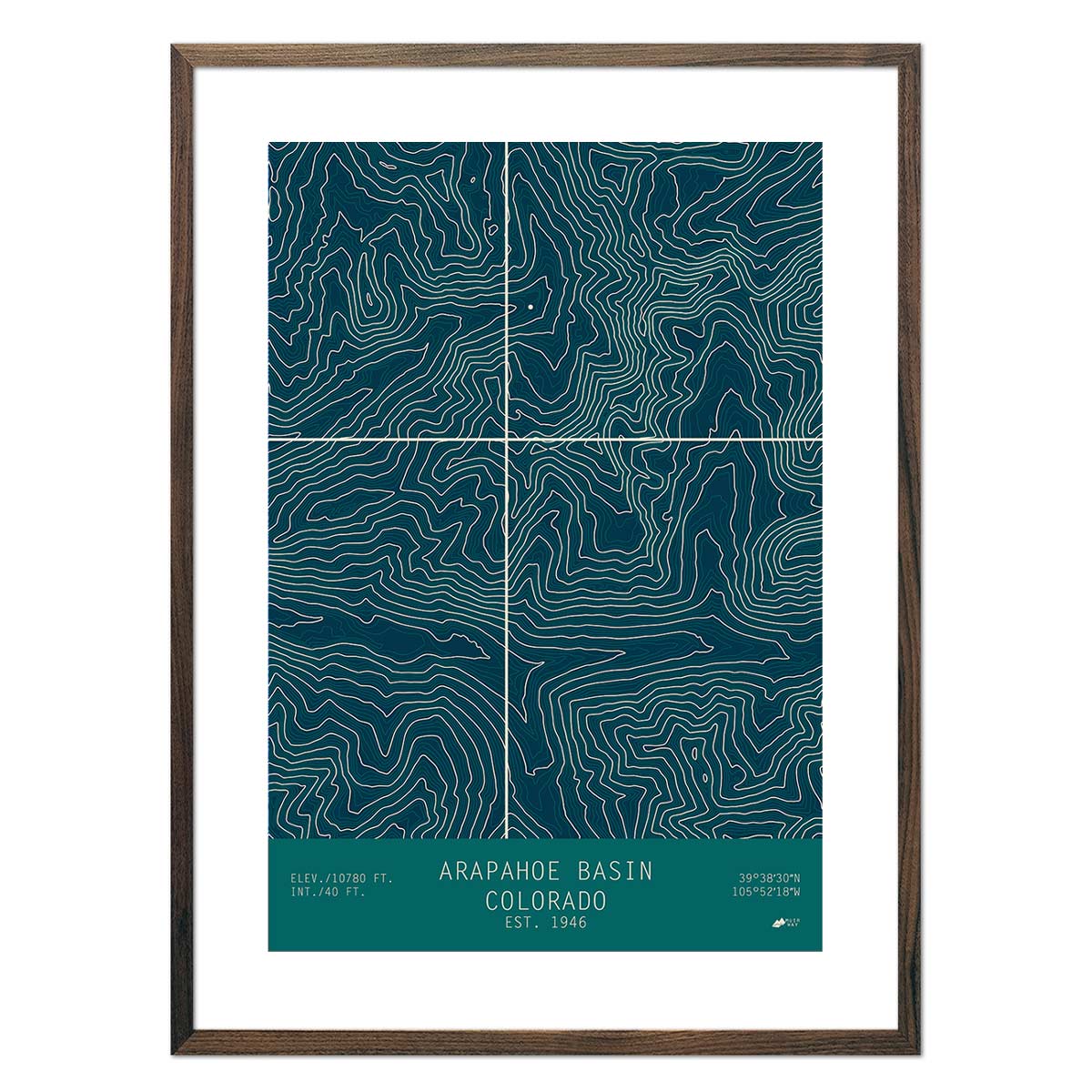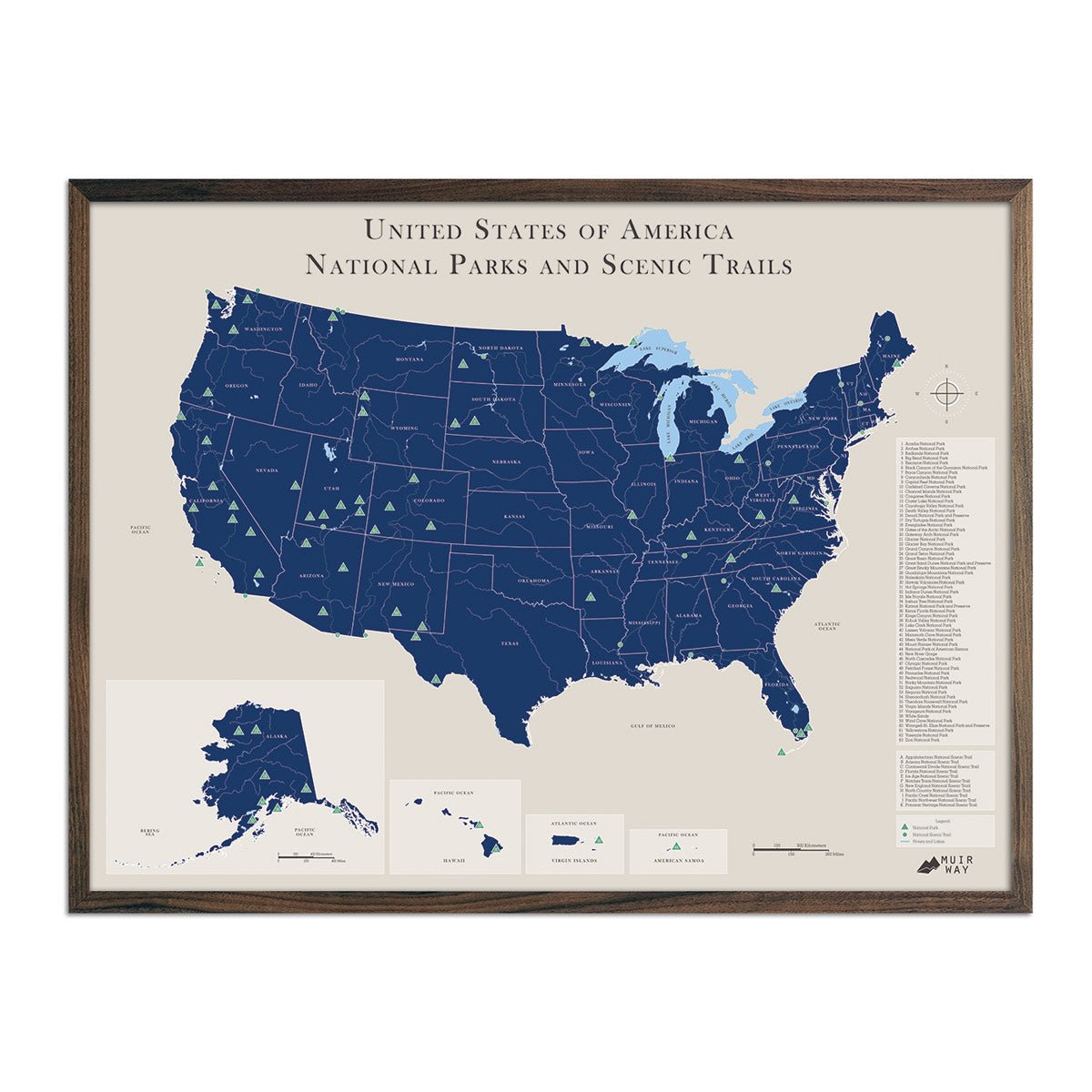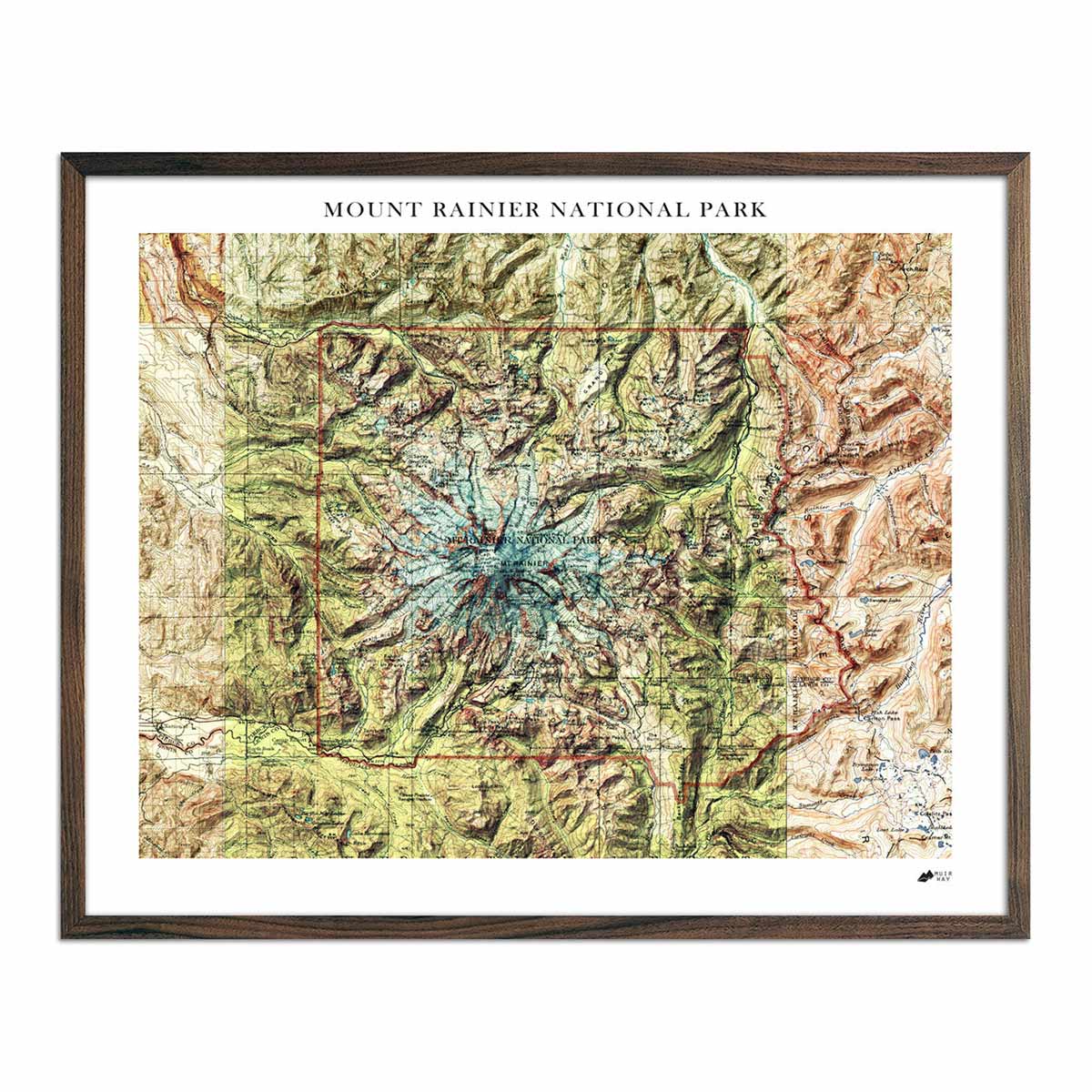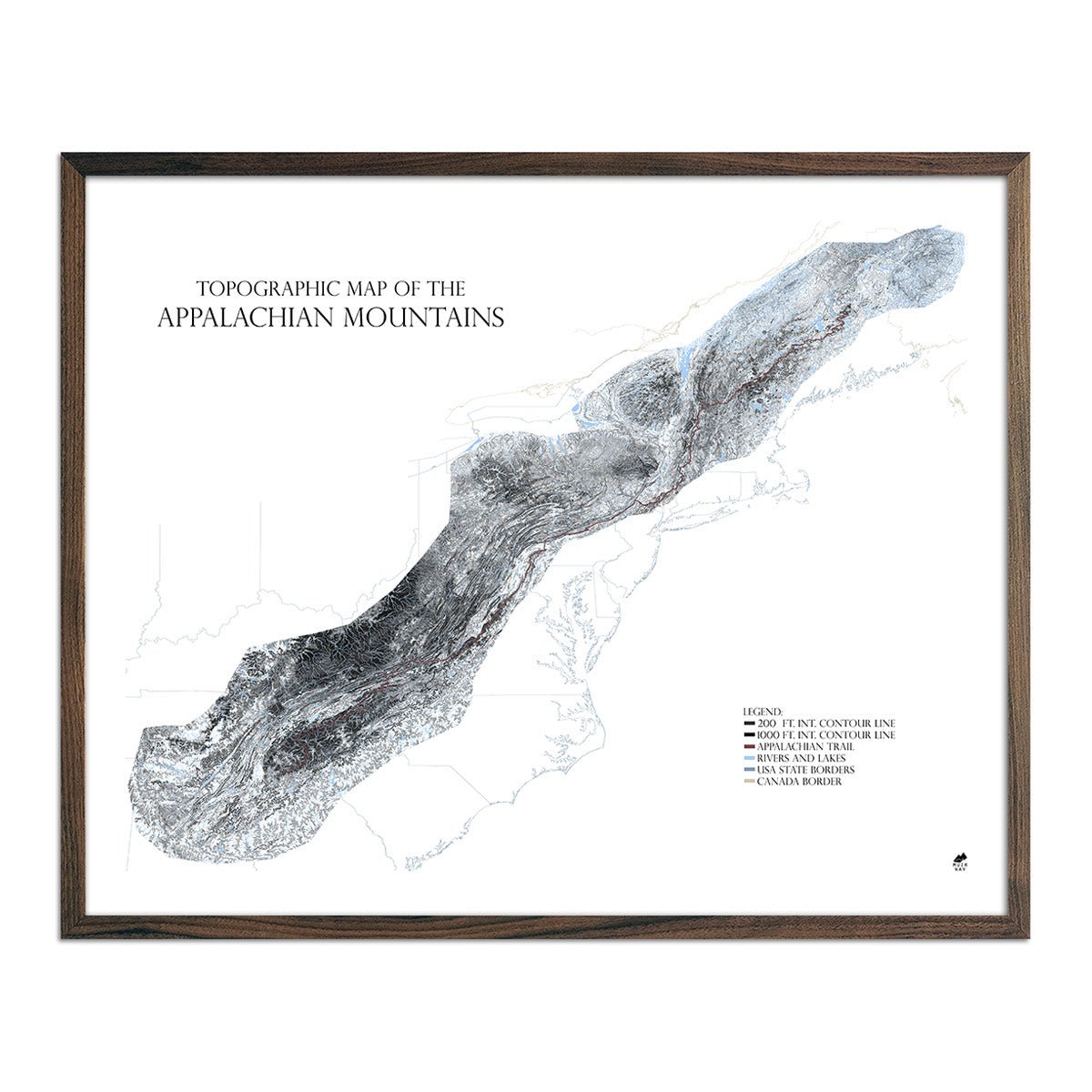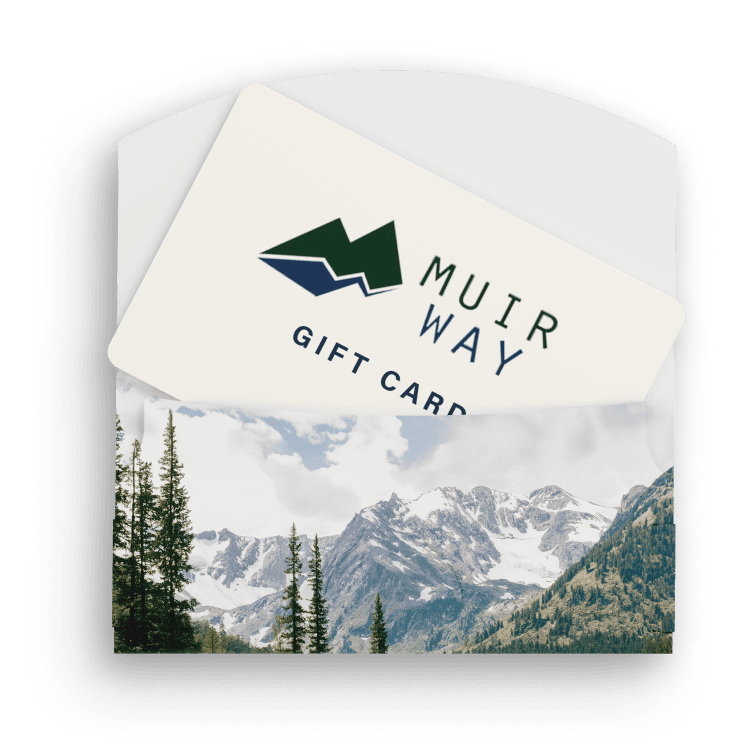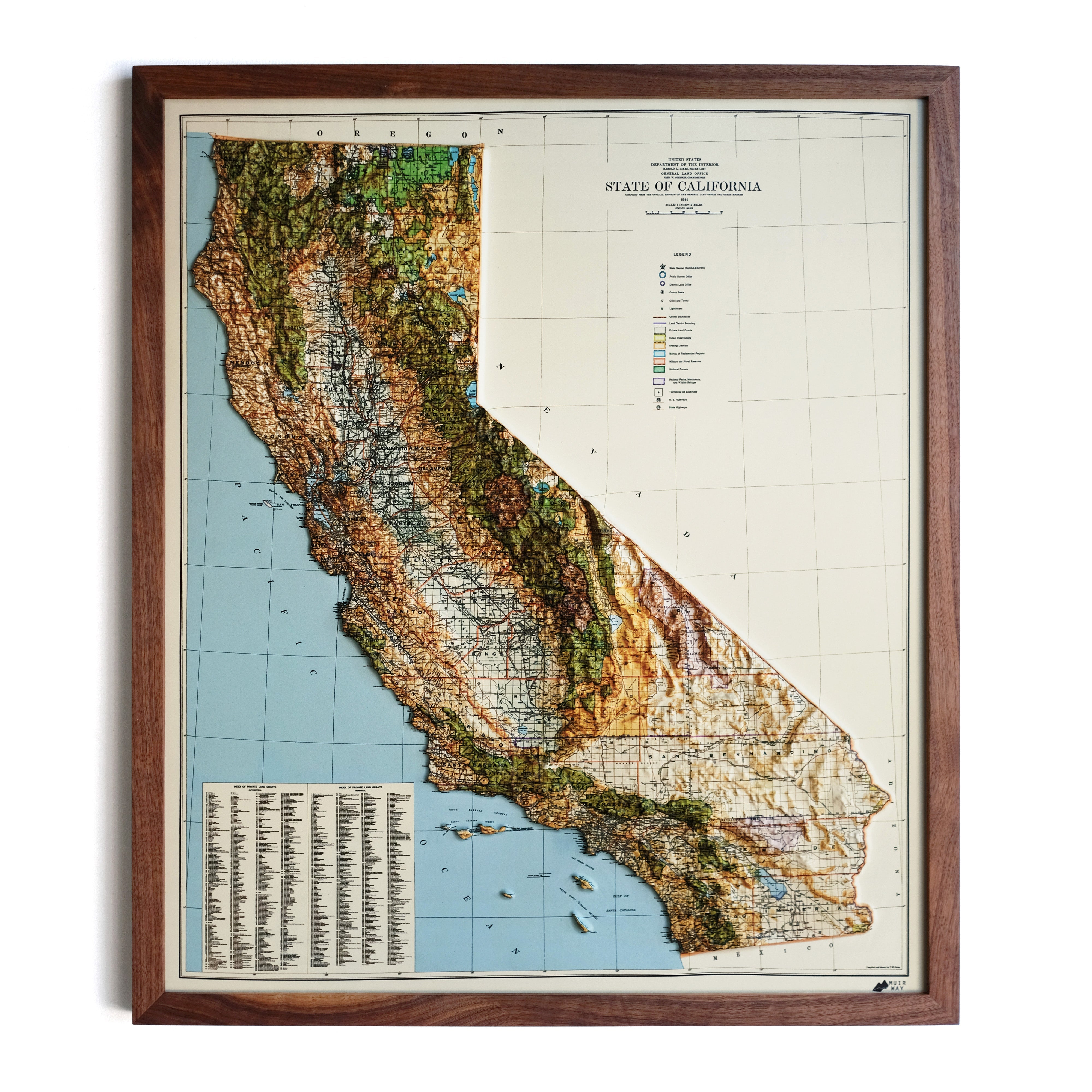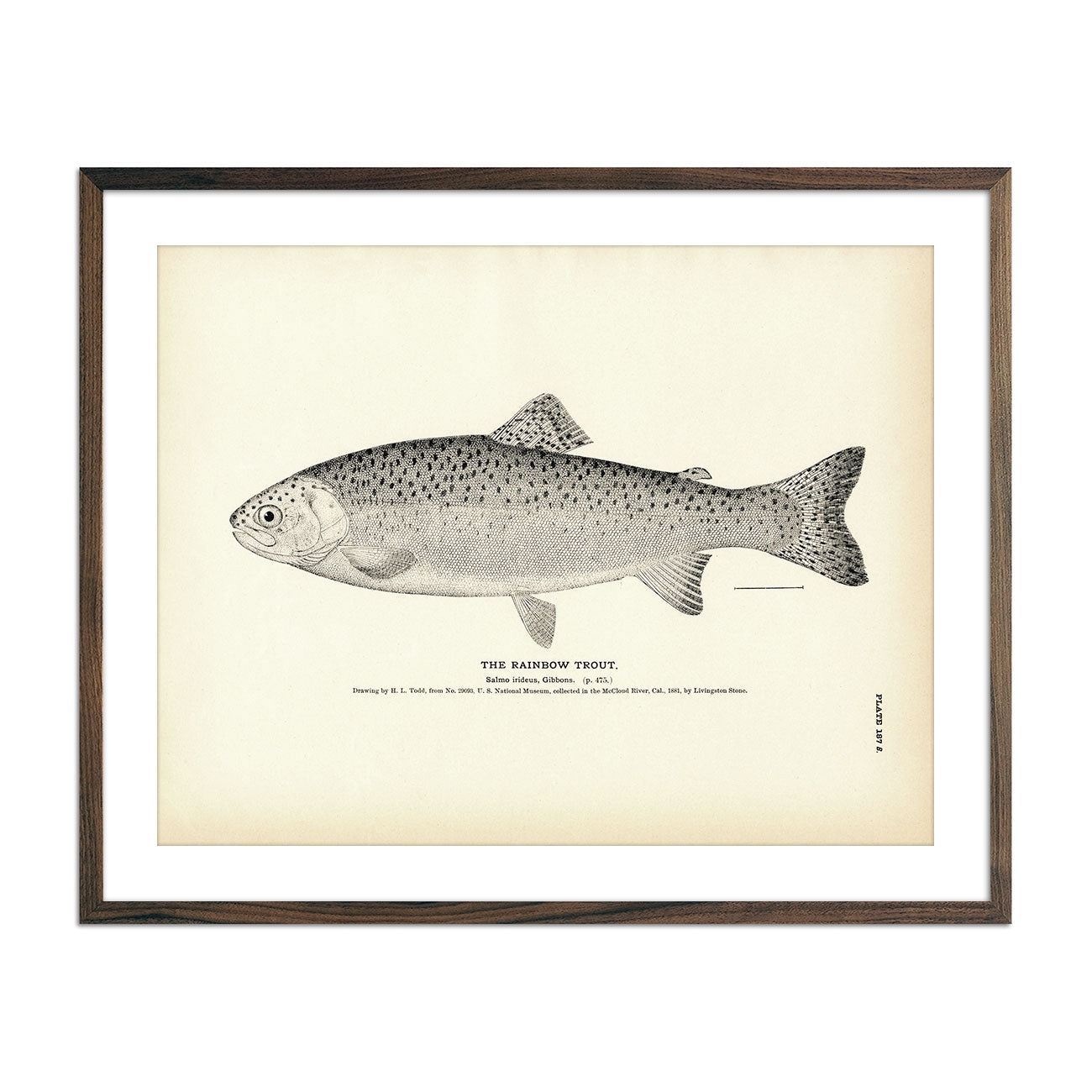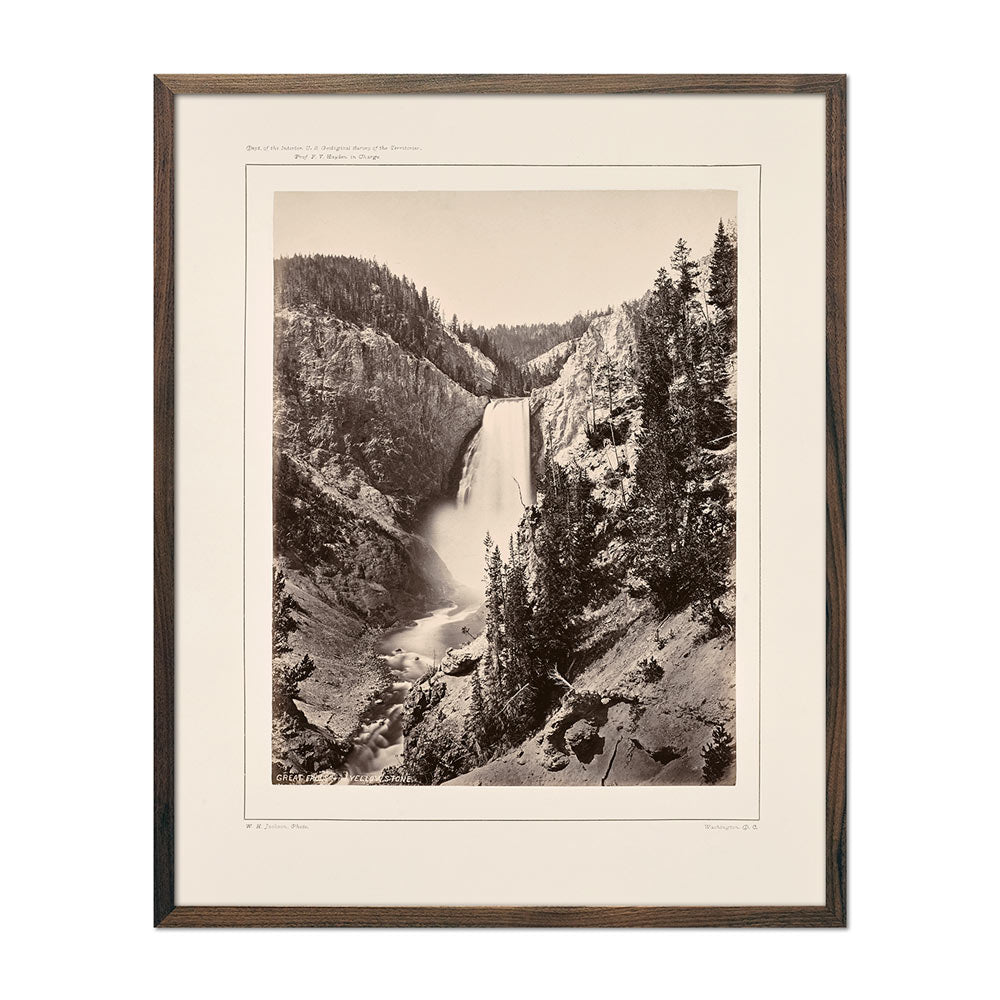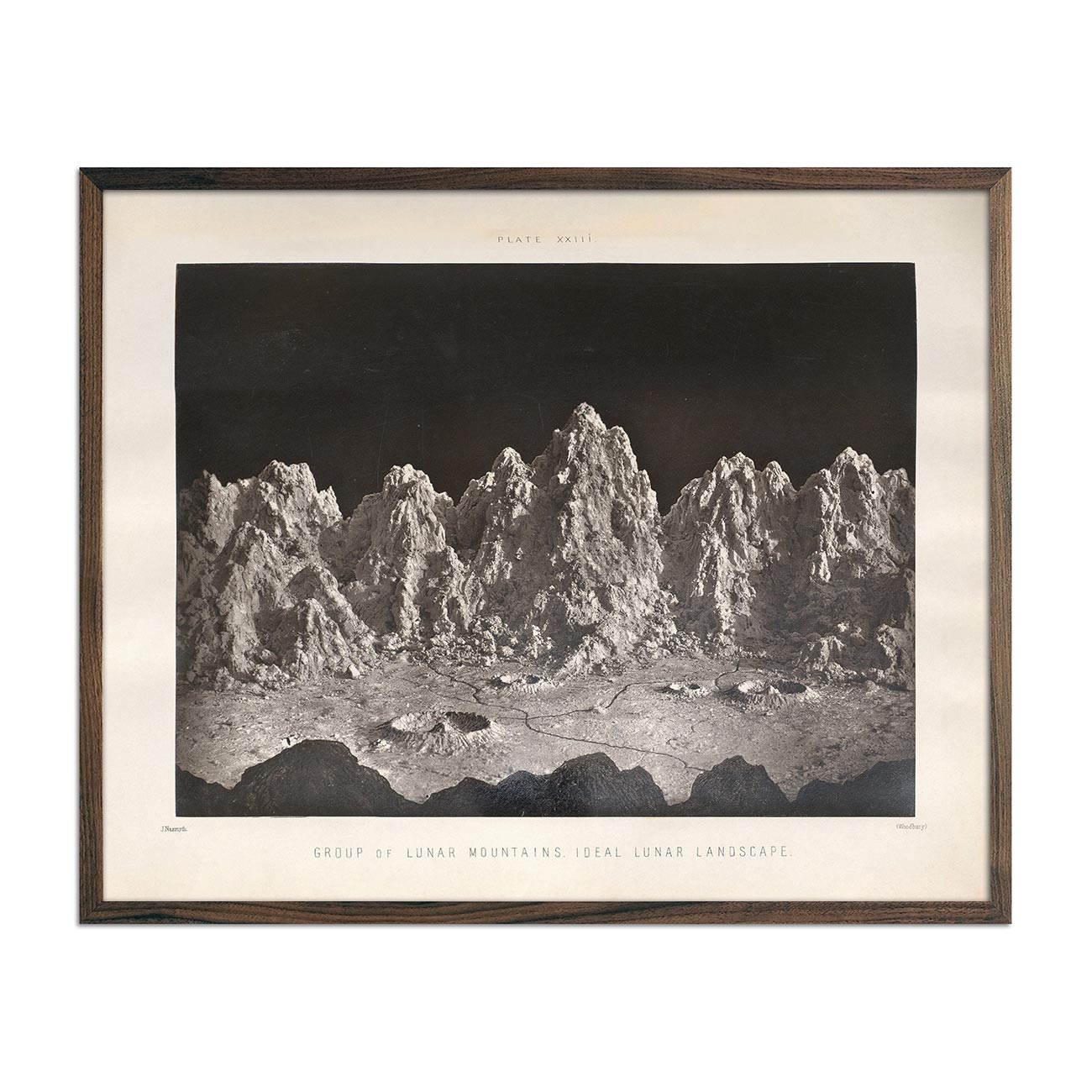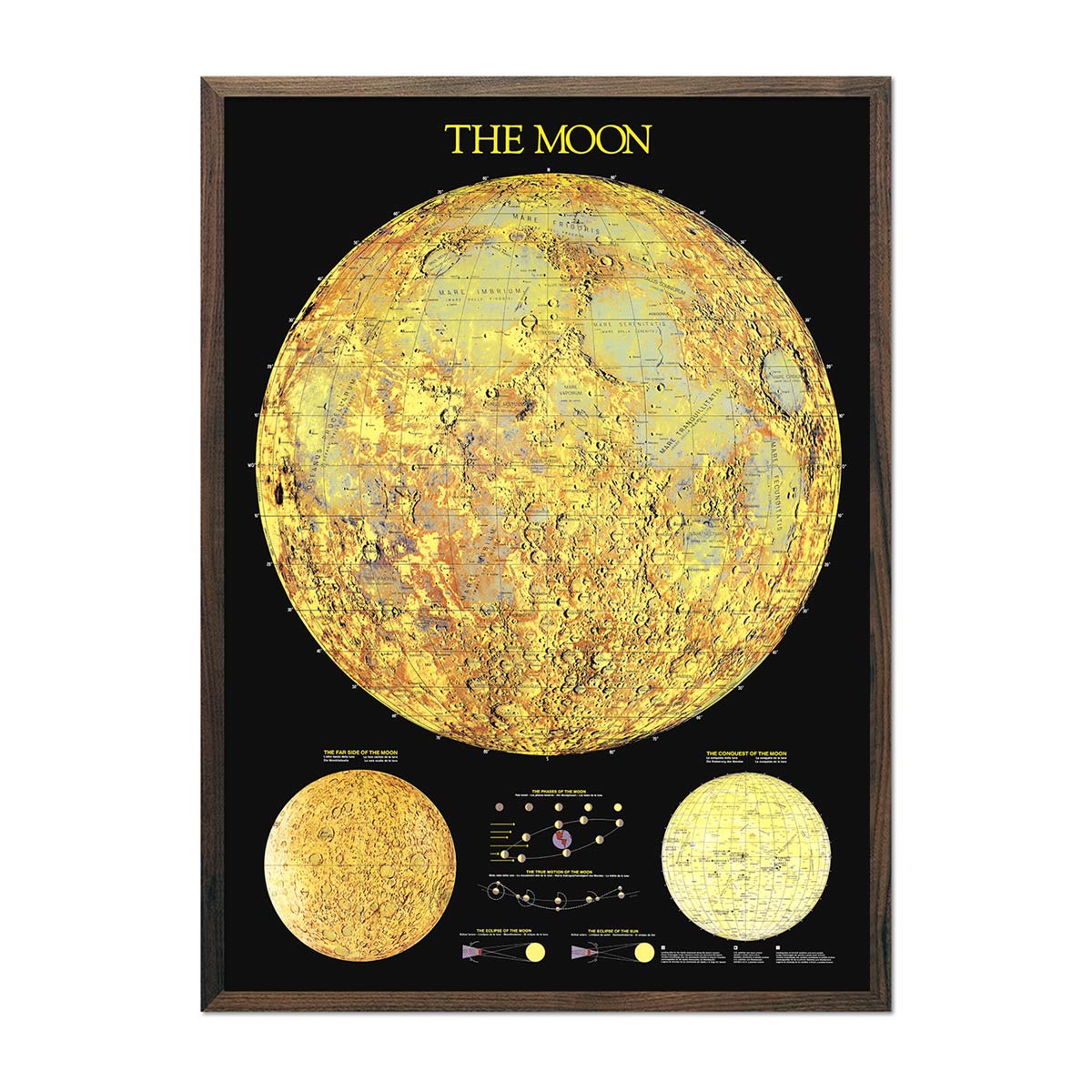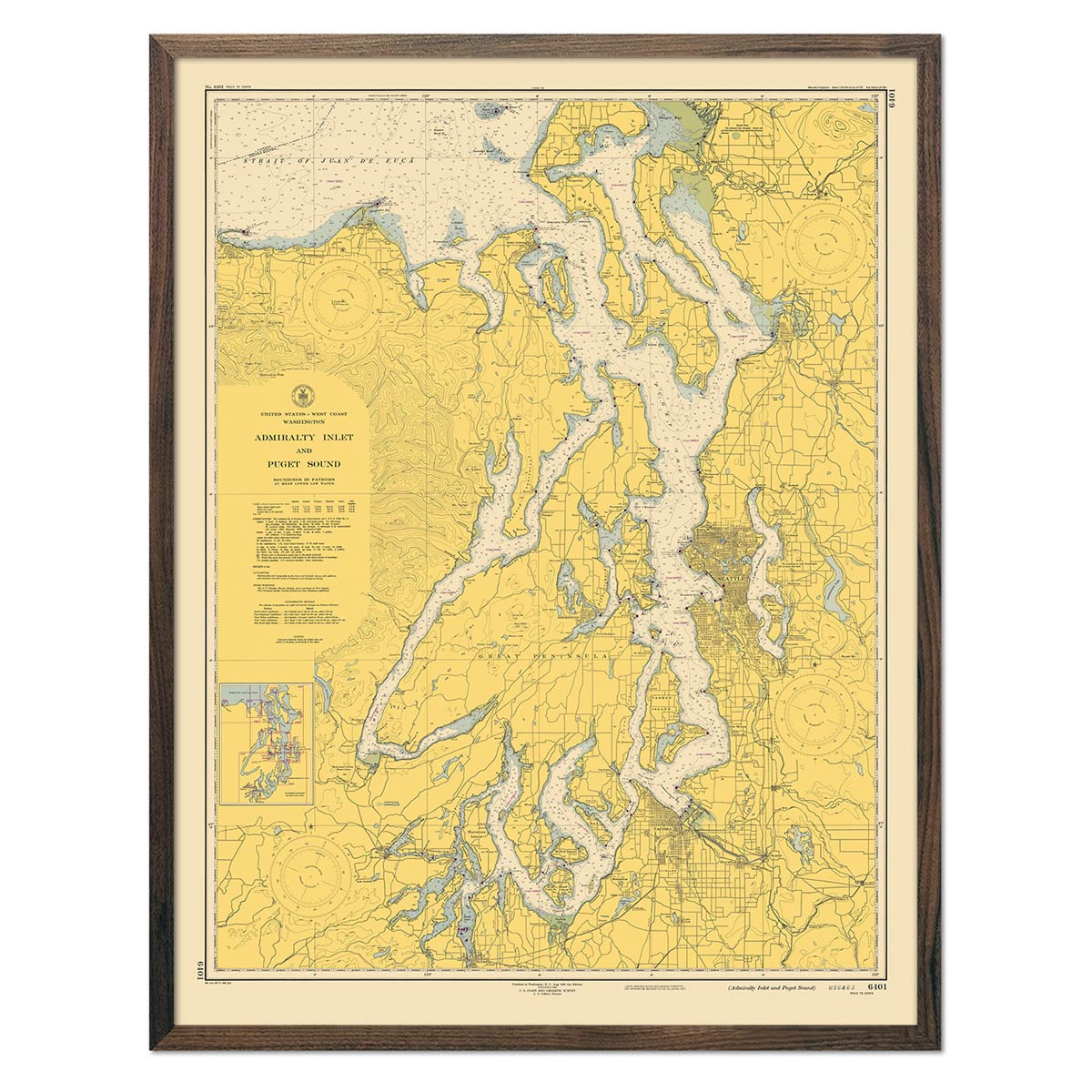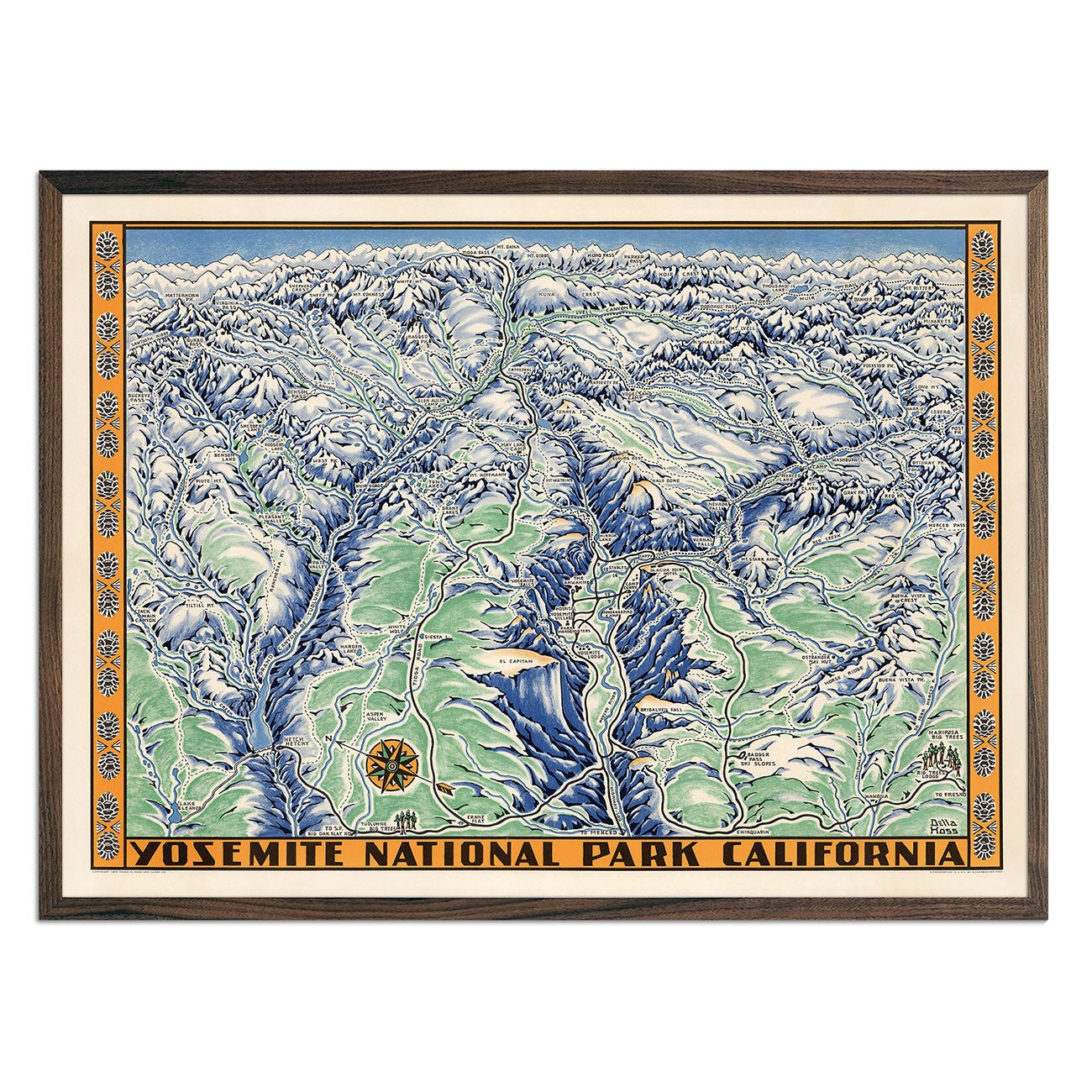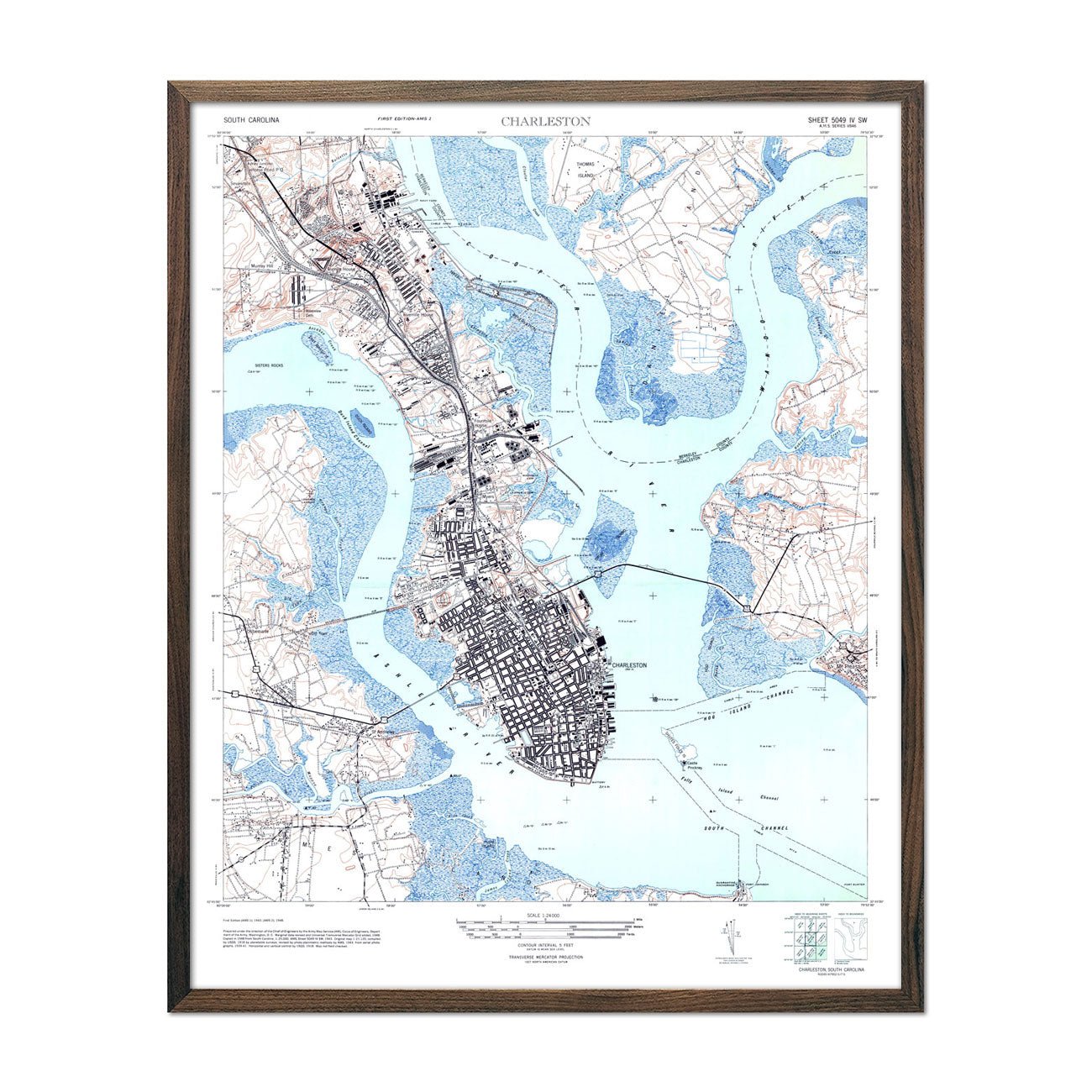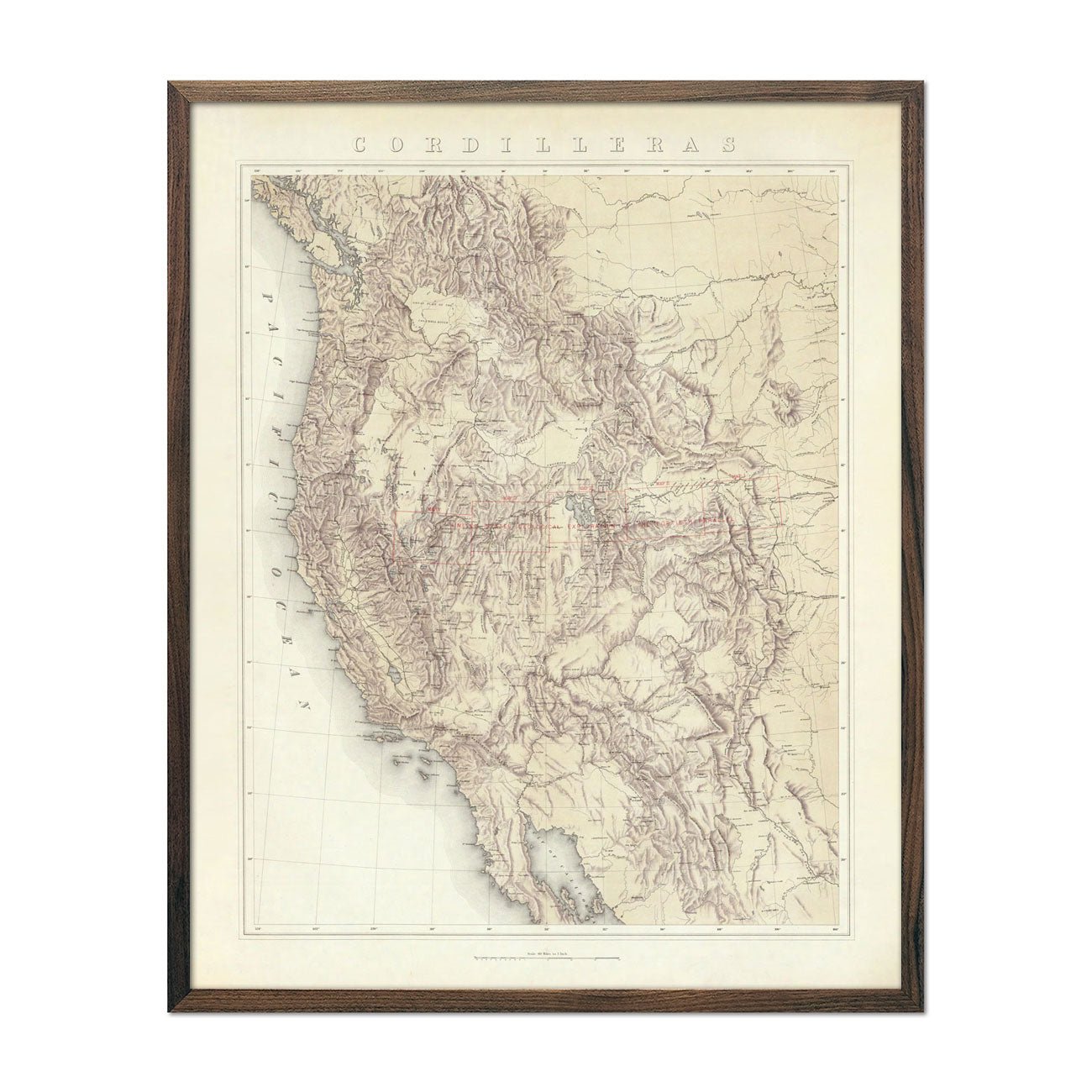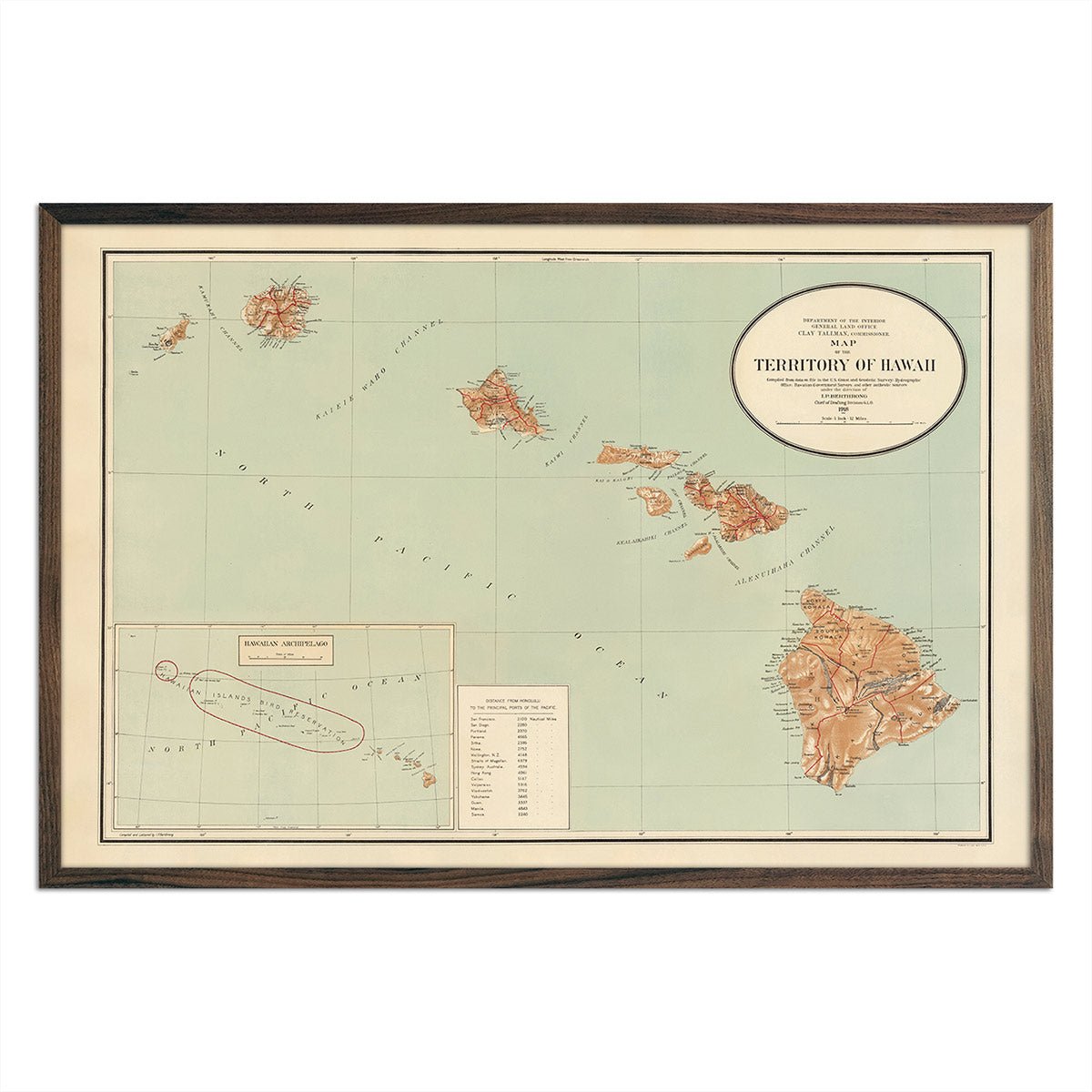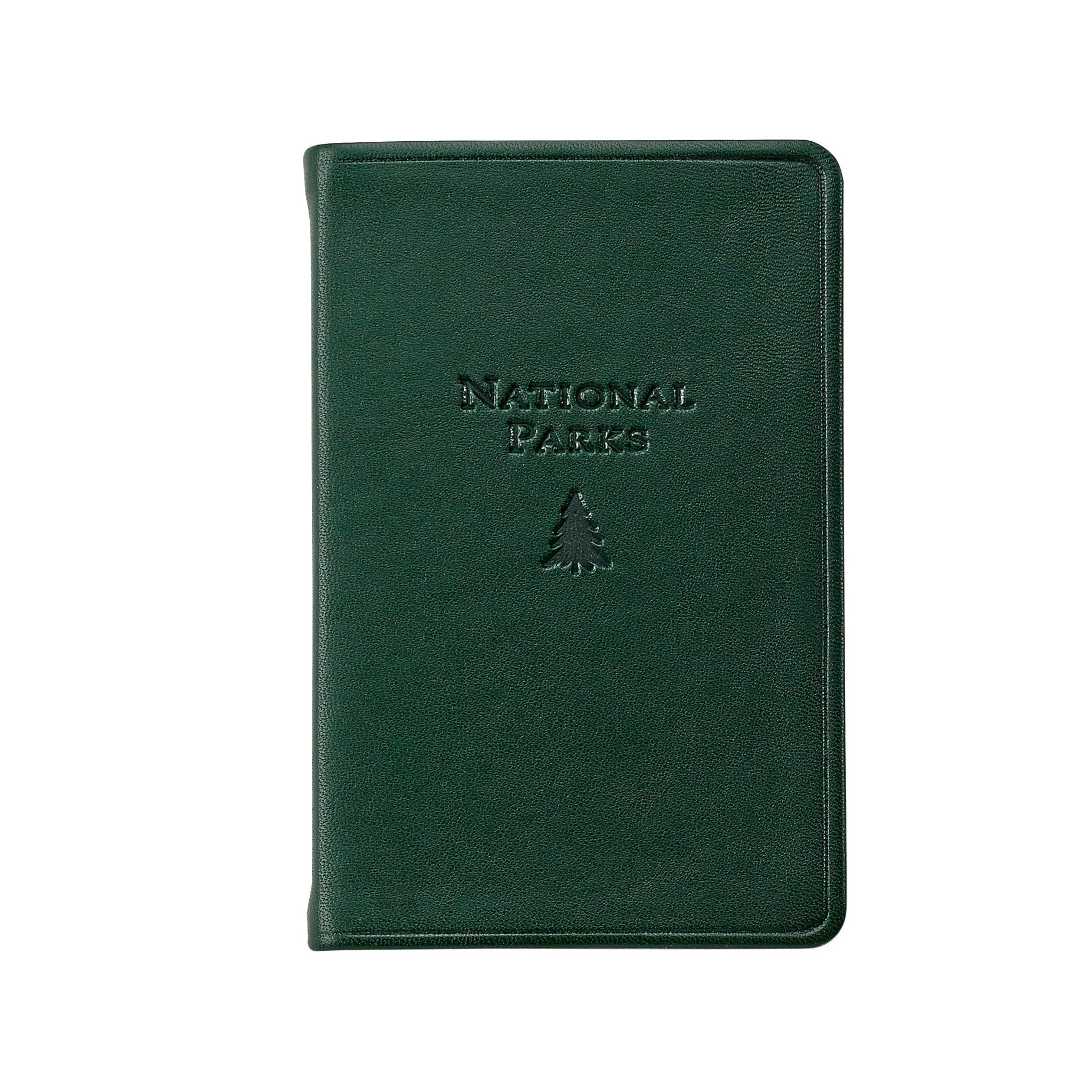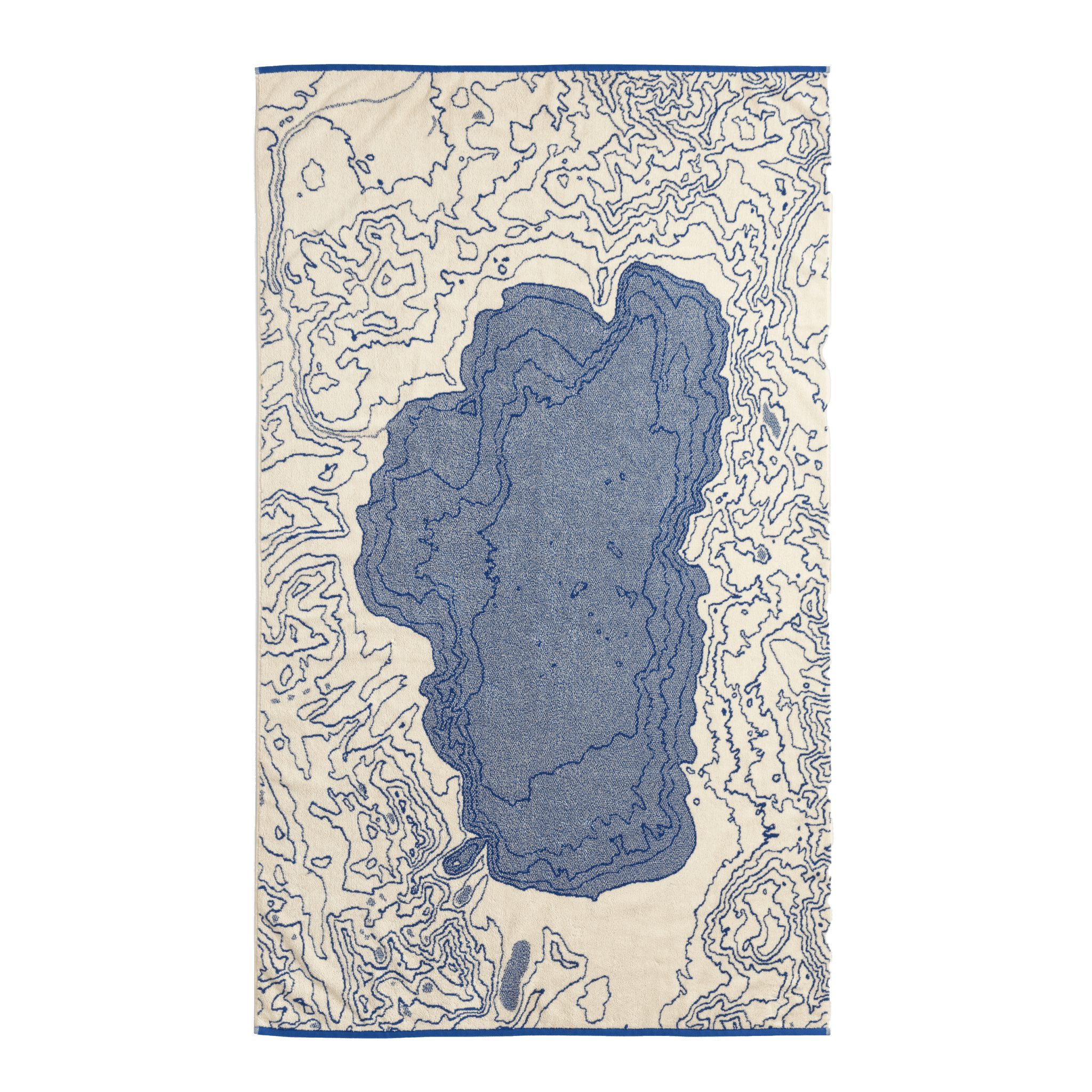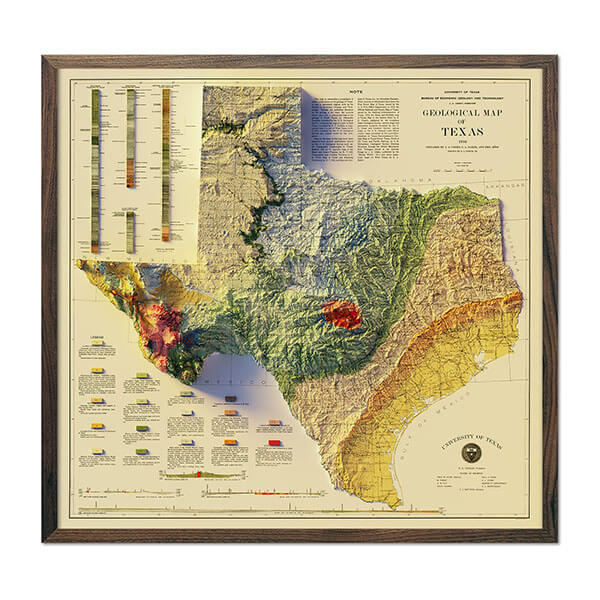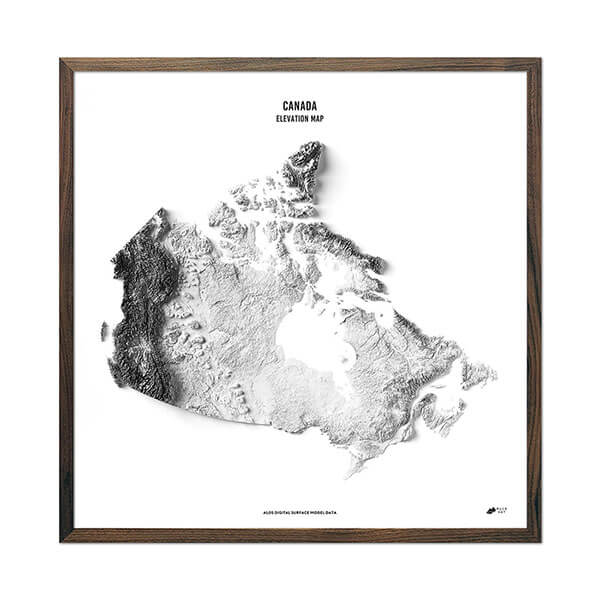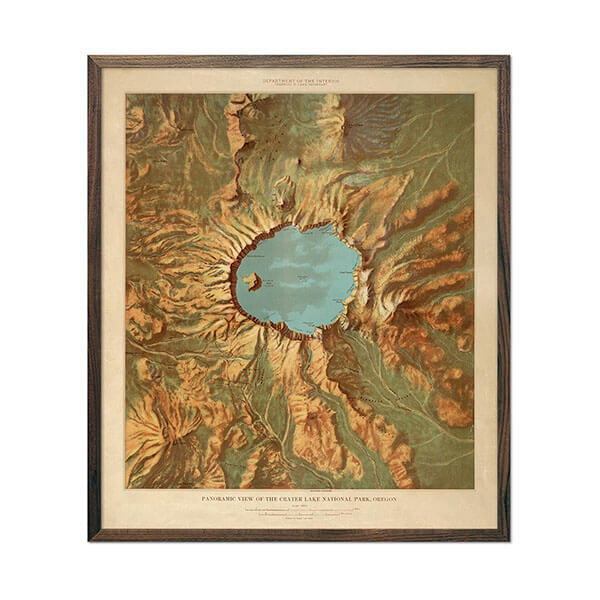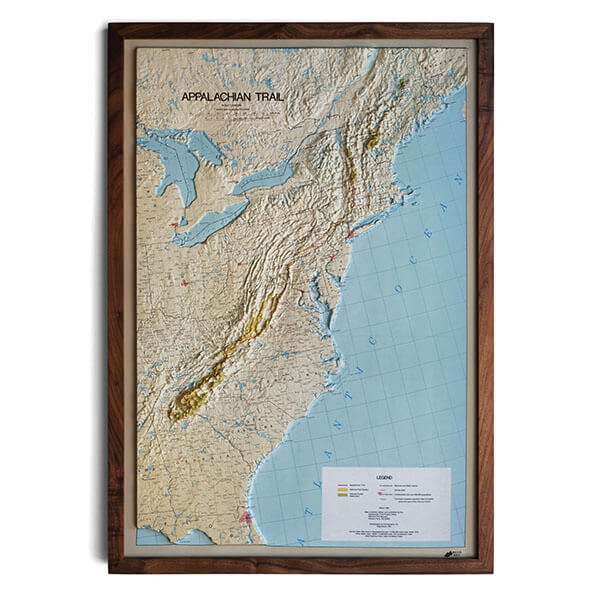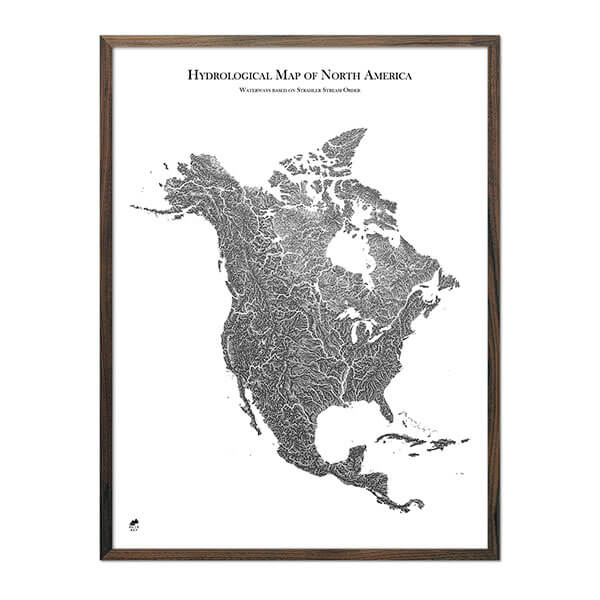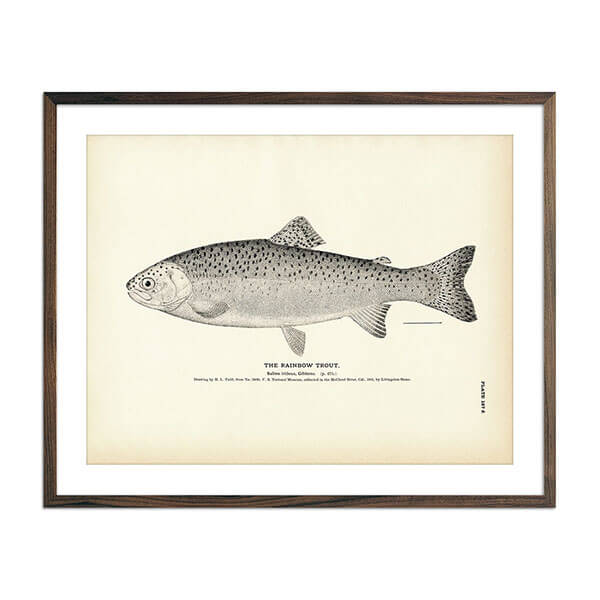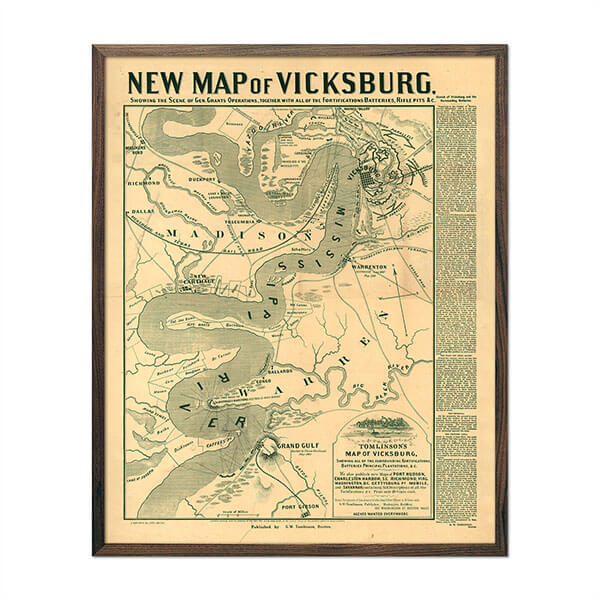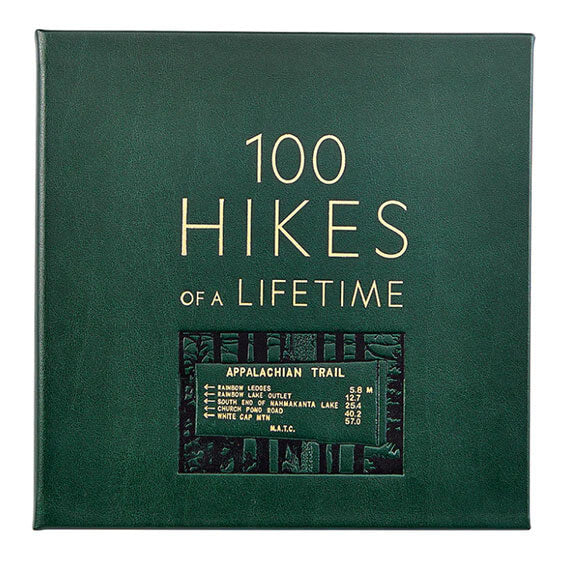The California National Park System stands as an impressive testament to the spectacular diversity of the Golden State's landscapes. Each park tells its own unique story, from the towering giants of Sequoia National Park to the austere beauty of Joshua Tree National Park.
Northern California National Parks provide stunning coastal vistas and towering redwood forests, while Southern California National Parks offer unique desert experiences and pristine island getaways. Want to see all of them in one quick trip? You’ve come to the right place!
With this comprehensive California National Parks guide, you'll discover the breathtaking splendors of each park and gain insights into planning the ultimate California national parks road trip.
Understanding the California National Park System

The National Park System in California is a network of distinct and unparalleled natural wonders, each brimming with a unique blend of biodiversity and geological features.
These parks encapsulate California's natural heritage, serving as an open window to its rich geological and ecological history. But, what really makes the parks special is the sheer diversity in landscapes you’ll encounter as you make your way through each destination.
The Diverse Range of Landscapes: From Deserts to Forests to Volcanoes to Coasts
The diversity of the California National Parks is a testament to the state's vast range of climates and geographies.
Wander amidst the world's tallest trees in Redwood National Park, marvel at the surreal geological formations of Joshua Tree, or stand in awe of the thunderous waterfalls of Yosemite.
Then, you can traverse the scorched sands of Death Valley, the country's driest, hottest, and lowest national park, and gaze in wonder at the volcanic landscapes of Lassen Volcanic National Park.
Along the coast, you can explore the secluded beaches and marine life of Channel Islands National Park.
This stunning variety can make for an exciting California national parks road trip.
How Many CA National Parks Are There?
There are nine national parks in California, each a jewel unto itself. The state boasts the highest number of national parks in the country, offering a rich tapestry of experiences for nature lovers and adventurers.
The list of California National Parks includes Yosemite, Sequoia, Kings Canyon, Death Valley, Joshua Tree, Redwood, Channel Islands, Lassen Volcanic, and Pinnacles.
Plus, Point Reyes National Seashore offers an experience akin to a national park, often considered the “unofficial tenth national park” in the state.
What are the National Parks in California? A Complete List of California National Parks

Each of California's National Parks will leave you inspired to see each of these unique destinations in person. After we illustrate what makes each of these parks unique, we’ll share our dream California National Parks itinerary.
Yosemite National Park: The Crown Jewel
Located in the Sierra Nevada mountains of central California, Yosemite National Park stands as a true wonder.
Its iconic granite cliffs, crystal-clear rivers, majestic sequoias, and rich wildlife diversity place it firmly among the world's most beautiful natural sites.
The park's landmarks such as Half Dome, El Capitan, and Yosemite Falls are beloved by visitors from around the globe. And, not too far from Yosemite you’ll find another CA national park…
Sequoia National Park: Giants of the Forest
Home to the world's largest trees, Sequoia National Park in the southern Sierra Nevada mountain range is an awe-inspiring testament to the ancient power of nature.
The park's towering sequoias, including the famed General Sherman Tree, make visitors feel small yet incredibly connected to the enduring spirit of the natural world.
Kings Canyon National Park: The Rugged Wilderness
Adjacent to Sequoia National Park, Kings Canyon National Park is home to one of the deepest canyons in the United States at 8,200 feet!
It also features tall peaks, expansive meadows, swift-flowing rivers, and giant sequoia trees. Its rugged landscape offers visitors a serene and challenging wilderness experience.
Joshua Tree National Park: A Desert Oasis
Southern California's Joshua Tree National Park offers a unique blend of two desert ecosystems: the Mojave and Colorado.
The park is renowned for its fascinating Joshua trees, otherworldly geological features, and robust stargazing opportunities.
Its stark, rugged beauty offers a refreshing contrast to the verdant landscapes of other CA national parks - greatly different from the lush forest of the first two parks on this list.
Redwood National Park: The Tall Sentinels
Home to the tallest trees on Earth, Redwood National Park in northern California offers serene forest paths, open prairies, and scenic coastlines.
The park's redwoods, some over 2000 years old, tower into the sky, creating a sense of tranquility and timelessness. In fact, they can be as tall as 400 feet!
This natural beauty can also leave you feeling quite existential as you gaze upward at the giants and take in all their stunning glory, leaving you to realize just how small we really are.
Death Valley National Park: The Land of Extremes
As the hottest, driest, and lowest national park, Death Valley is a realm of beautiful yet harsh extremes. It’s not a destination for the faint of heart, especially during summer!
Straddling eastern California and Nevada, it offers striking sand dunes, snow-capped mountains, multicolored rock layers, and dramatic canyons. Death Valley presents a test of endurance and a vista of stark beauty to its visitors.
Channel Islands National Park: The Isolated Wonder
Off the coast of Southern California, Channel Islands National Park encompasses five remarkable islands and their surrounding ocean environment.
The park teems with unique species and hosts a wealth of sea caves and kelp forests. Its isolation has led to rich biodiversity and a sense of untouched wilderness.
Lassen Volcanic National Park: Land of Fire and Ice
Lassen Volcanic National Park in northeastern California is home to the mesmerizing Lassen Peak - the largest plug dome volcano in the world. This volcano is active and last erupted just 100 years ago.
The park offers a wide array of hydrothermal sites, clear mountain lakes, vibrant wildflower meadows, and numerous hiking trails. The views from the summit are worth making the trip - take our word for it or look up photographs and see for yourself!
Pinnacles National Park: The Youngest National Park
Located in central California, Pinnacles National Park is the youngest national park in the state. It just received status a mere 10 years ago in 2013.
Known for its dramatic rock formations and spires, it offers opportunities for rock climbing, bird watching, and exploring caves. It's also home to the critically endangered California Condor.
Point Reyes National Seashore: The Unofficial 10th National Park in California
Now, we could technically conclude our list of California national parks at Pinnacles - but as mentioned earlier, there is an unofficial “10th” national park depending on who you ask.
Located on a peninsula north of San Francisco, Point Reyes offers rugged cliffs, sandy beaches, rolling grasslands, and forested ridges. Its rich variety of wildlife and beautiful vistas make it an essential part of your California national parks tour.
How to Visit All of Them at Once: California National Parks Road Trips Itinerary

Each of these jewels offers unique experiences and memories waiting to be made. Our California National Parks Guide will help you navigate your way through these natural wonders.
So, pack your bags and get ready to hit the road on an unforgettable California National Parks road trip.
Planning the Most Efficient Route Possible
To experience the full spectrum of CA national parks, you could start your road trip in the south and work your way north. This will of course depend on where you’re starting from - so you’ll have to take this California National Parks itinerary with a grain of salt and adjust it based on your unique scenario!
- Your California national parks road trip can begin in Southern California, in the stunning desert oasis of Joshua Tree National Park. From Los Angeles, it's approximately a 140-mile drive, taking about 3 hours. Spend about 2 days here, exploring the otherworldly landscapes and diverse ecosystems.
- Next, head to Death Valley National Park. It's around 215 miles from Joshua Tree, roughly a 4-hour drive. A couple of days should be ample to explore the largest national park in the contiguous United States.
- From Death Valley, it's about a 400-mile drive (approximately 6.5 hours) to Sequoia and Kings Canyon National Parks. Clustered together, they can be explored in about 3-4 days, marveling at the colossal trees and rugged wilderness.
- Your next stop is Yosemite National Park, a 4-hour drive covering around 190 miles. Plan on spending 3-4 days here to fully experience its breathtaking cliffs, waterfalls, and meadows.
- The drive to Pinnacles National Park from Yosemite is about 3 hours, spanning around 160 miles. As the smallest and youngest national park in California, a day or two here is usually sufficient.
- Next, head to the coast to the beautiful Point Reyes National Seashore, about 150 miles away, which should take you around 3 hours. Spend a day exploring its unique flora and fauna and beautiful lighthouse.
- From Point Reyes, it's a longer drive north to Redwood National Park, roughly 300 miles which would take around 6 hours. Spend about 2-3 days here, hiking among the towering ancient trees.
- Your final northern point is Lassen Volcanic National Park. It's a 200-mile drive from Redwood, which takes about 4 hours. Plan for 2 days to explore its geothermal wonders.
- Now it's time to loop back south. Head to Channel Islands National Park by first driving to Ventura, a journey of about 530 miles that would take around 9 hours. From Ventura, take a boat ride to the park. Spend 2 days here, soaking up the isolated beauty of the islands.
The round trip from Los Angeles to each of these parks and then back to Los Angeles is approximately 2,200 miles. You might want to spread this journey over 3 weeks to a month, allowing yourself to not only visit the parks but also enjoy the stunning California landscapes in between.
Accommodation Tips: Where to Stay During Your Road Trip
Each park has unique lodging options. Campgrounds, lodges, and nearby hotels are all available. Our advice, though, is to camp in a tent or RV. This is the most affordable approach and also allows you to experience each park to the fullest.
That being said, you can find more luxurious accommodations if you look hard enough - especially in areas like Joshua Tree or the Channel Islands. Always remember to book your accommodations in advance, especially during peak seasons.
What to Pack for Your California National Parks Road Trip
Essentials include comfortable hiking shoes, layers for varying weather conditions, a reusable water bottle, a first-aid kit, sunscreen, and binoculars for wildlife spotting. Don't forget your camera to capture the unforgettable vistas and a National Parks Pass for park entrance fees.
Best Times to Visit National Parks in California
The best time to visit depends on what you're seeking. There are pros and cons to each season:
- Spring (April-May) offers blooming wildflowers in the deserts and lower elevations.
- Summer (June-August) is fantastic for exploring the high country but can be very hot in the deserts.
- Fall (September-November) provides cooler temperatures and changing foliage
- Winter (December-March) delivers snowy landscapes perfect for winter sports
What You Need to Know About Permits and Fees
Most national parks in California require an entrance fee, which varies from park to park. You may also need permits for certain activities like backcountry camping or specific hikes.
Consider purchasing an annual pass if you plan to visit all the parks at once as we’ve recommended - you’ll save money this way.
The Principles of Leave No Trace
When visiting these natural wonders, it's essential to follow the principles of Leave No Trace.
As the name of this philosophy suggests, you should respect wildlife, leave what you find, dispose of waste properly, and minimize campfire impacts. The goal is to preserve these beautiful landscapes for future generations.
Paying for a California National Parks Tour vs Venturing Out on Your Own
Guided California National Parks tours can offer added knowledge and ease, but there's also a unique joy in crafting your own California National Parks itinerary. Consider your comfort level, budget, and preferences when deciding. And, with that being said, it’s time to wrap up our California National Parks guide.
Wrapping Up Our California National Parks Guide
As we bring our California national parks guide to a close, remember that the Golden State offers something for everyone, from serene forests and vast deserts to rugged coasts and volcanic landscapes. It's an adventure that deserves to be remembered.
And, what better way to commemorate this once-in-a-lifetime experience than with a stunning piece of map art from Muir Way? Our beautiful, high-quality map prints can be a daily reminder of your extraordinary journey through the diverse landscapes of California's national parks.
You can even branch out and explore all our high-quality national park map posters, or take a look at our high quality relief maps, maps of US mountain ranges, maps of US national parks and our newly released 3D raised relief series. Or, if you want to plan your next trip, check out our Rocky Mountain National Park guide.
Otherwise, it's time to put pen to paper and plan your California National Parks road trip itinerary. Get ready for the road trip of a lifetime and celebrate it in style with a map print from Muir Way to remember your adventure!

